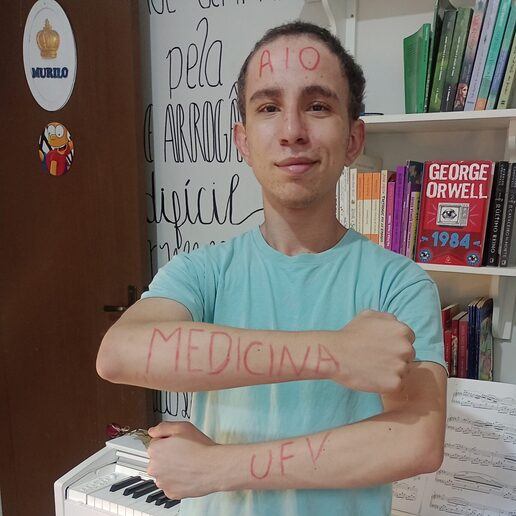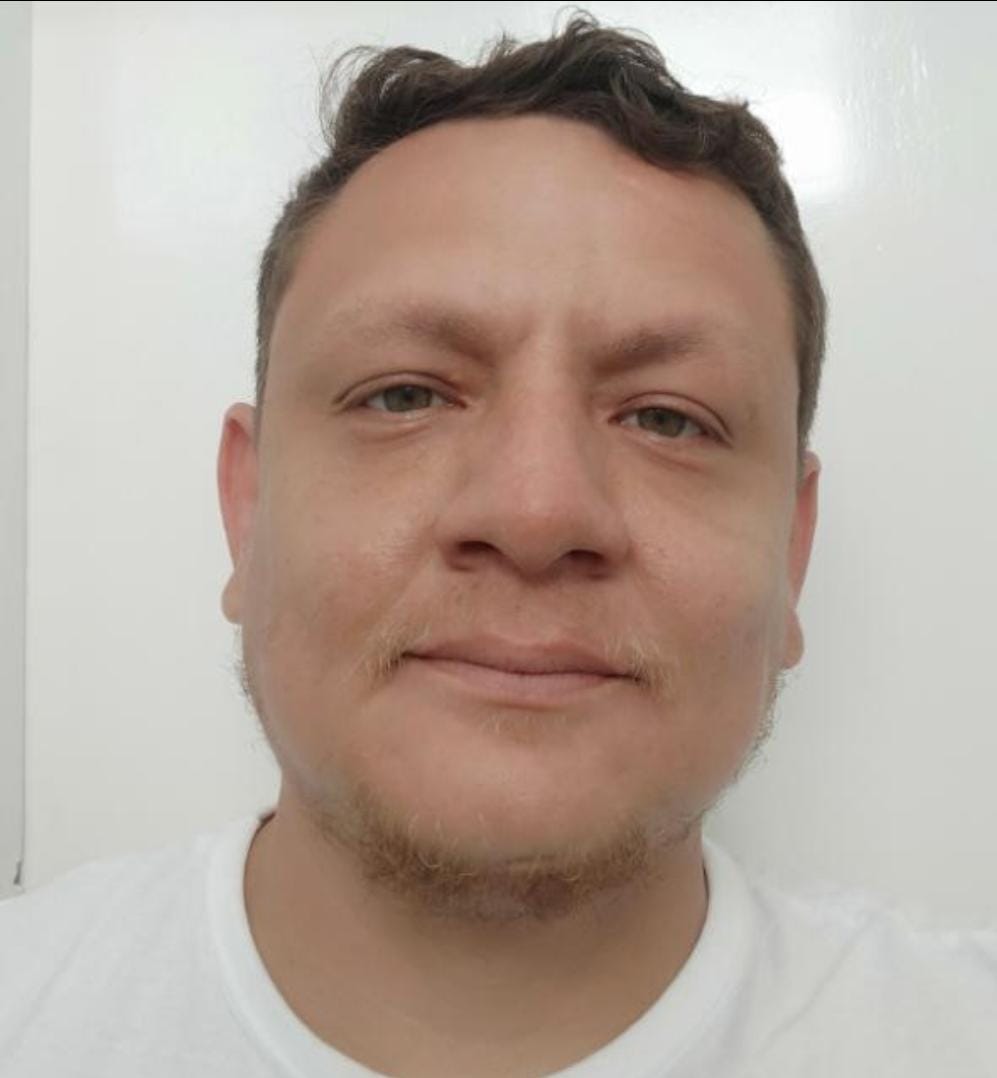Unit-AL 2019/1
TEXTO:

Bizarre tales of people cooking, wandering
outdoors, and even driving around while fast asleep
are part of a phenomenon known as somnambulism,
or sleepwalking. While your natural inclination might
[5] be to wake up someone who is fumbling around in a
daze, it’s commonly thought that this could be
dangerous.
Dr. Mark Mahowald, a sleep specialist at Stanford
University, says that, while it wouldn’t necessarily hurt
[10] to try to wake a sleepwalker, it’s notoriously difficult to
rouse them in this state. Rousing a sleepwalking person,
especially vigorously, might confuse or distress them
temporarily. Disoriented, they may strike out at anyone
close. “Best thing you can do is turn them around and
[15] send them back to bed. It is not likely that a sleepwalker
when woken up suddenly will have a cardiac event. It
is no different from when a person sleeping normally is
suddenly awakened by, say, a loud noise. The important
thing is to protect a sleepwalker from themselves.
[20] While still somewhat stigmatized, sleepwalking
is incredibly common. Actually, between 1 percent
and 15 percent of the United States population
sleepwalks, and almost all children have had
sleepwalking episodes, according to The National Sleep
[25] Foundation.”Sleepwalking is part of the human
condition,” Mahowald said. “It is absolutely not
associated with psychiatric disorders.”
People who sleepwalk tend to have no memory
of the episode, Mahowald explained. This is
[30] because the behaviors take place without conscious
awareness — they originate from the brain’s central
pattern generator, where the neural pathways for
learned and heavily practiced movements are stored.
For this reason, you won’t find a sleepwalker playing
[35] the piano if that person has no prior musical training or
speaking a language they don’t already know, he said.
GOLDBAUM, Kate. Disponível em: https://www.livescience.com/ 55332-should-you-wake-a-sleepwalker.html.Acesso em: 1 nov. 2018. Adaptado.
The text says that sleepwalking.
is extremely rare in adults.
is not unusual among children.
happens more often in old age.
must be treated as a mental disorder.
occurs in about fifty percent of the population.
E mais: nota TRI a todo o momento.





